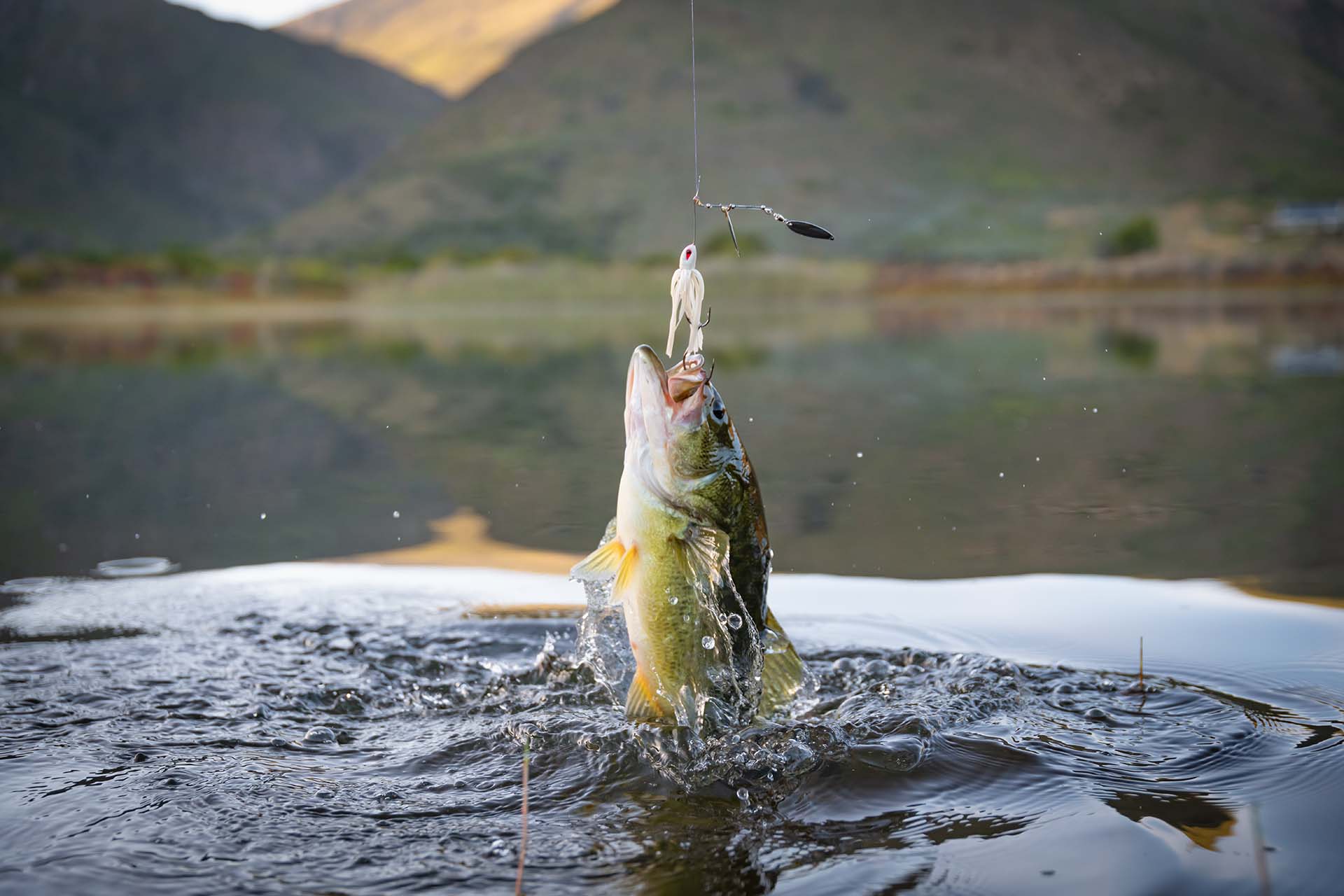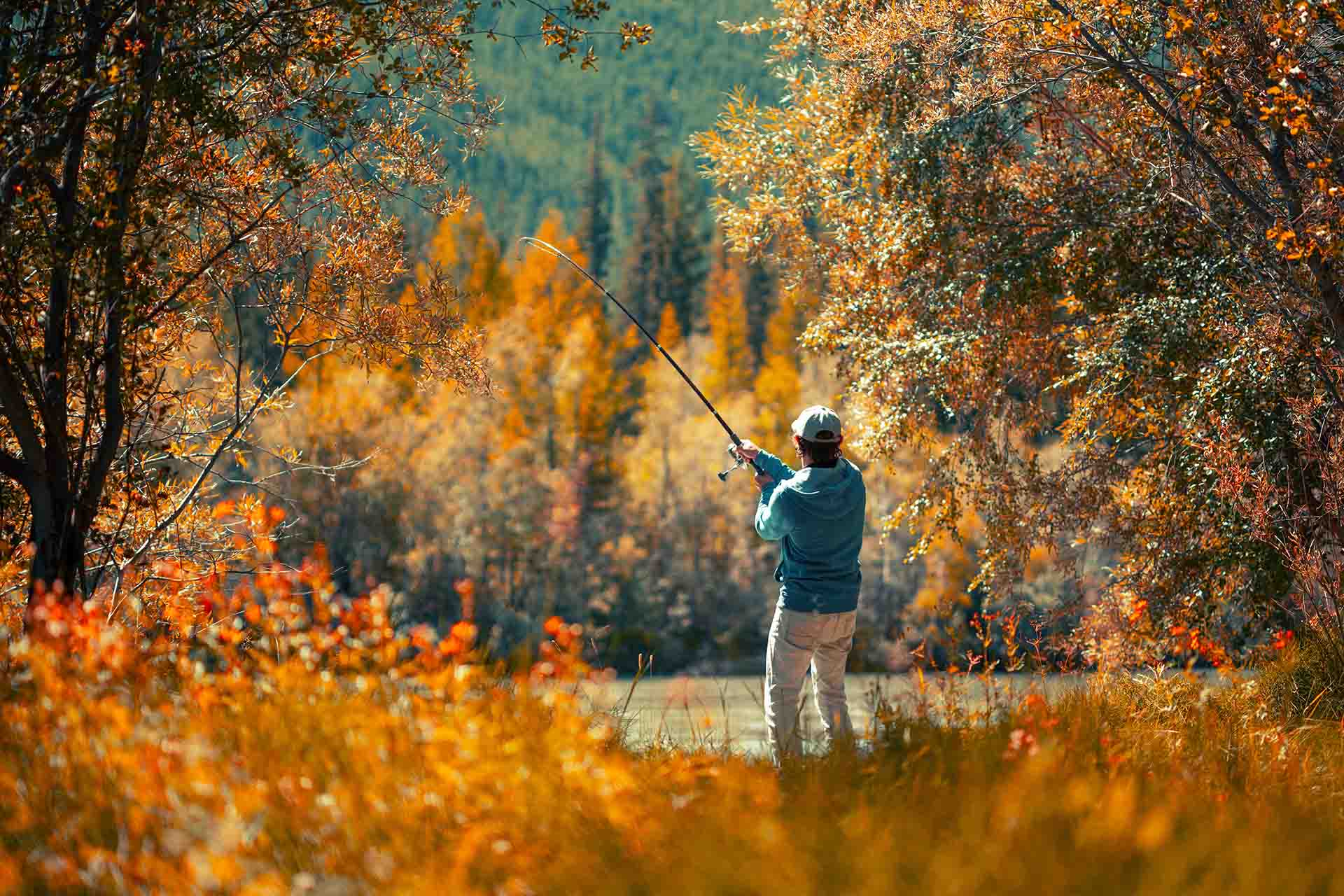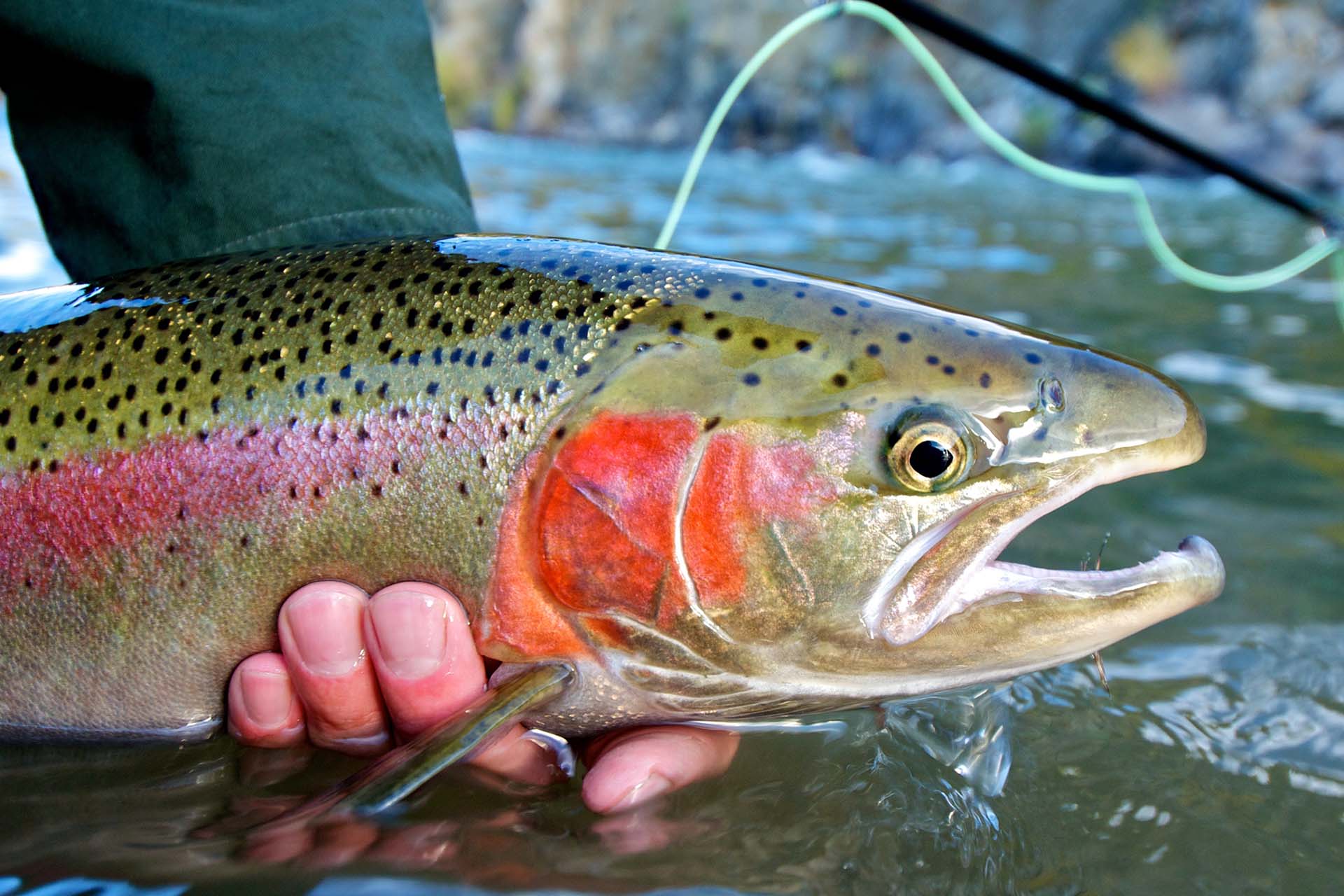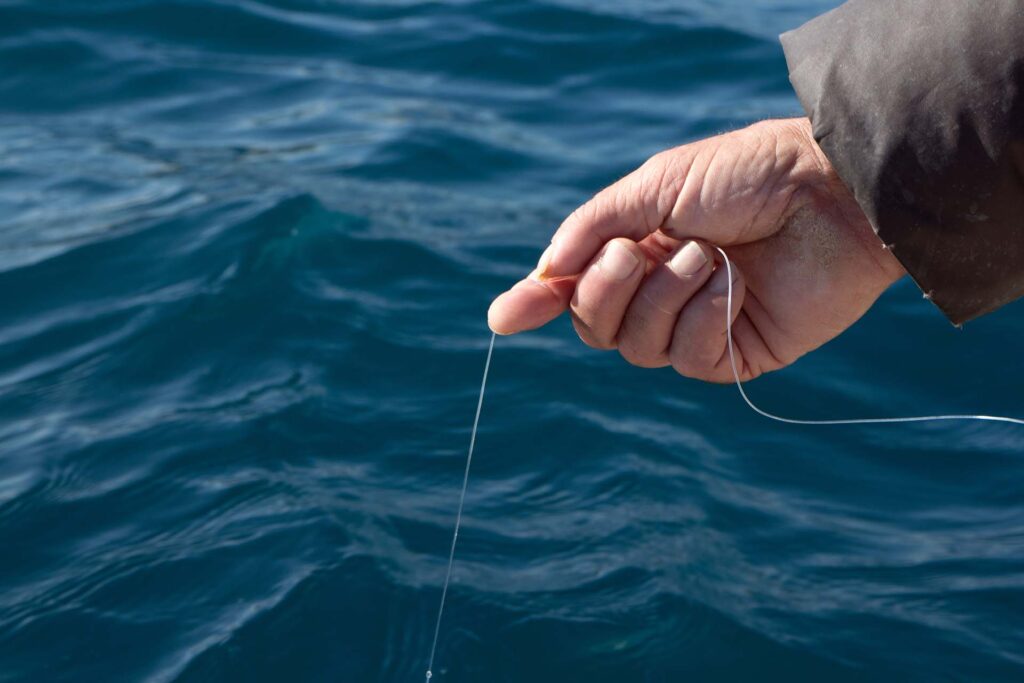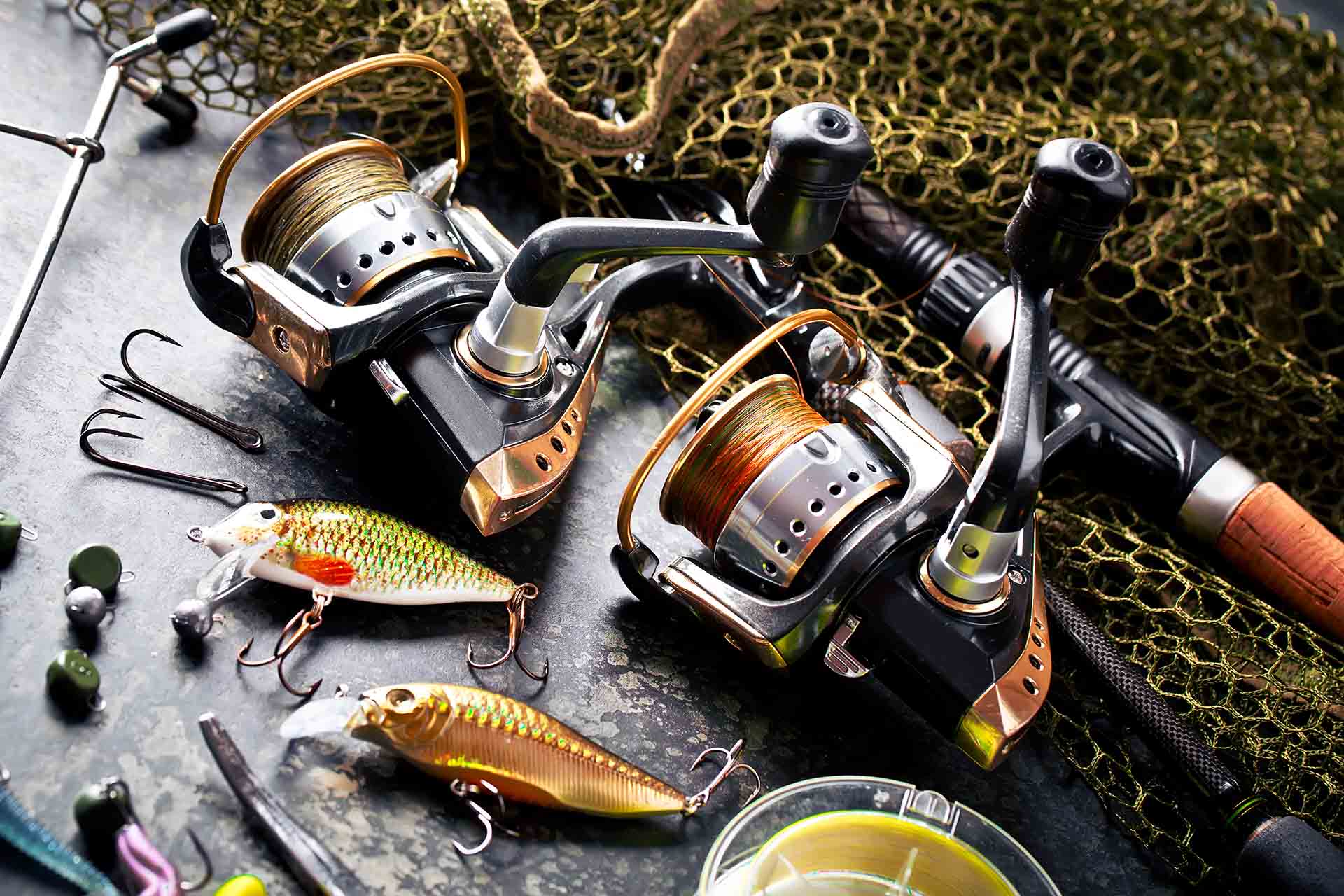Ever wondered about the enigmatic creatures lurking in the depths of North America’s freshwaters? Let’s reel in the secrets of the different types of muskie, those elusive, predatory wonders that have fascinated anglers for generations. From their majestic appearance to their coveted habitats, we’re about to dive fin-first into a world where the lines between myth and reality are as blurred as the waters they inhabit.
There are two main types of this species – the true muskellunge and the elusive tiger hybrid, which is a blend of this fish and northern pike. When it comes to true muskies, there are actually three different types depending on their patterns – clear, spotted, and barred. From their unique spawning behaviors in the gentle embrace of spring to the angler’s art of casting and trolling in the warm summer and fruitful fall, these fascinating aquatic creatures pose a unique challenge for anglers worldwide.
What Are the Basic Characteristics of Muskie?
Fishing slang has given these creatures plenty of nicknames – ski, lunge, or musky – but their official name is the muskellunge. Standing tall as the largest predator in the illustrious Esocidae family, this fish species is a native gem of North America’s freshwater environments. This fascinating aquatic family includes the next fish species:
- Pike,
- Pickerel,
- Mudminnows.
With an elongated body and a flat head, the muskellunge exhibits a powerful and streamlined form designed for predatorial efficiency. These freshwater giants can stretch beyond 50 inches (127 cm). They are often cloaked in a mesmerizing mix of greens and browns, adorned with vertical stripes or spots that dance along their sides.
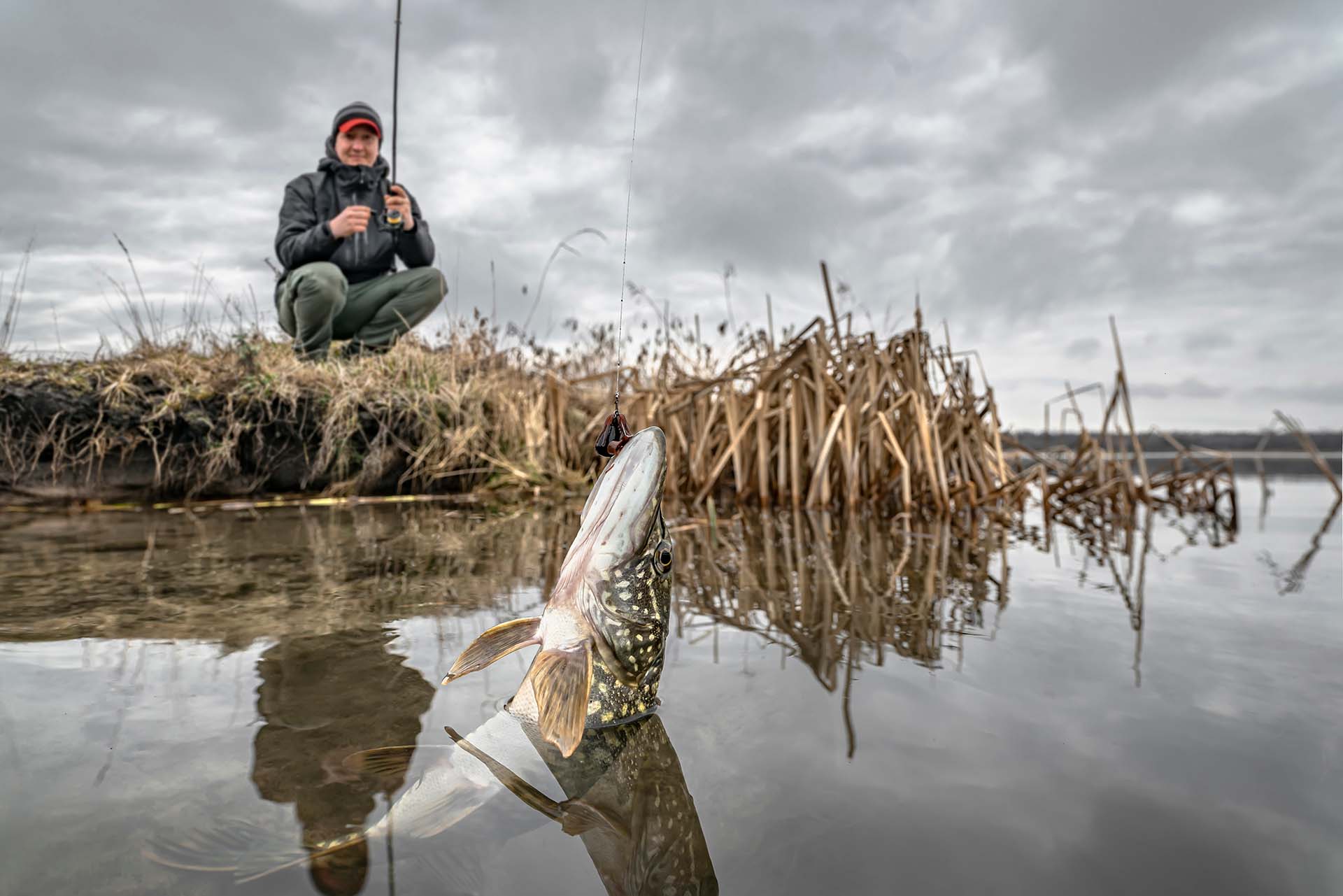
Prime Muskie Habitats and Distribution
We’ve brushed on the fact that these formidable fish are North America’s freshwater royalty, but let’s plunge a bit deeper and uncover the places they prefer to lurk. Here’s an overview of the habitats these majestic creatures call home:
Natural Lakes and Reservoirs
When it comes to natural lakes and reservoirs, the muskellunge is a familiar face. These bodies of water provide the ideal conditions for them to thrive – ample space, abundant food sources, and the perfect breeding grounds.
There are plenty of skis in Lake Saint Clair, Lake of the Woods, and Leech Lake, but they also inhabit smaller North American ponds and reservoirs. Each of these places, with its unique ecosystem, supports a vibrant life for these fish, where they grow, hunt, and go through their seasonal patterns.
River Systems
The flowing waters, rich biodiversity, and intricate underwater terrains make for an environment where the muskellunge can live out its predatory instincts. Because of that, river systems are another favorite spot for this species.
The Saint Lawrence River, the Niagara River, and the Wisconsin River are some of the popular spots, just to name a few. In these environments, the muskellunge are masters of the current, with their streamlined bodies navigating the intricate dance of flowing waters with grace.
Clear Water vs. Stained Water
In clear waters, muskellunge are visual hunters, their vibrant patterns echoing the dance of light and shadow. They’re cautious, and anglers need to be stealthy and precise. In contrast, stained waters see them relying more on their acute sensory skills to locate prey. For anglers, this means adjusting the fishing technique, like using muskie lures that create more vibration and noise to attract their attention.
The Main Types of Muskie
If you frequently visit the freshwater lakes and rivers on your fishing escapades, you’ve definitely been wondering – how many types of muskie are there? Well, four distinct types of these enigmatic predators lurk around, with one being a standout hybrid.
Each type is a chapter in the grand tale of the muskellunge, showcasing unique traits, behaviors, and habitats. So, let’s dive into the mystical world of these freshwater titans and uncover the secrets each species harbors beneath their glistening scales.
True Muskie (Esox Masquinongy)
The true muskie is often viewed as the quintessential muskellunge, boasting a formidable size and a mystique that’s as deep as the waters they inhabit. They are anywhere from 30 inches (76.2 cm) to 50 inches (127 cm) in length. Their elongated bodies are a canvas for nature’s artwork, adorned with intricate patterns that dance along their scales. Depending on these pattern variations, there are three types of muskies:
- Clear Muskellunge – these have a minimal pattern, with a sleek, almost unmarked body that makes them masters of camouflage in open waters,
- Spotted Muskellunge – adorned with a sprinkle of spots, these muskies are recognizable by their speckled attire,
- Barred Muskellunge – characterized by distinct vertical bars, this type showcases a rhythmic pattern.
All of these types exhibit a streamlined appearance, with torpedo-shaped bodies that cut through the water with minimal resistance. The dorsal fin sits far back on the body, paired with an equally positioned anal fin, enhancing stability during their swift pursuits.
Tiger Muskie Hybrid (Esox Masquinongy and Esox Lucius)
Tiger muskies are a captivating blend, born from the union of the true muskellunge and the northern pike. They boast a unique, unmistakable pattern of vertical markings and blotches, akin to the majestic feline they’re named after.
Tiger muskellunge has a reputation for being even more elusive and challenging to catch than their true counterparts, a trait that elevates their status to near-mythical among anglers. Their habitats often overlap with those of their parents, yet they showcase a penchant for cooler, vegetated waters.
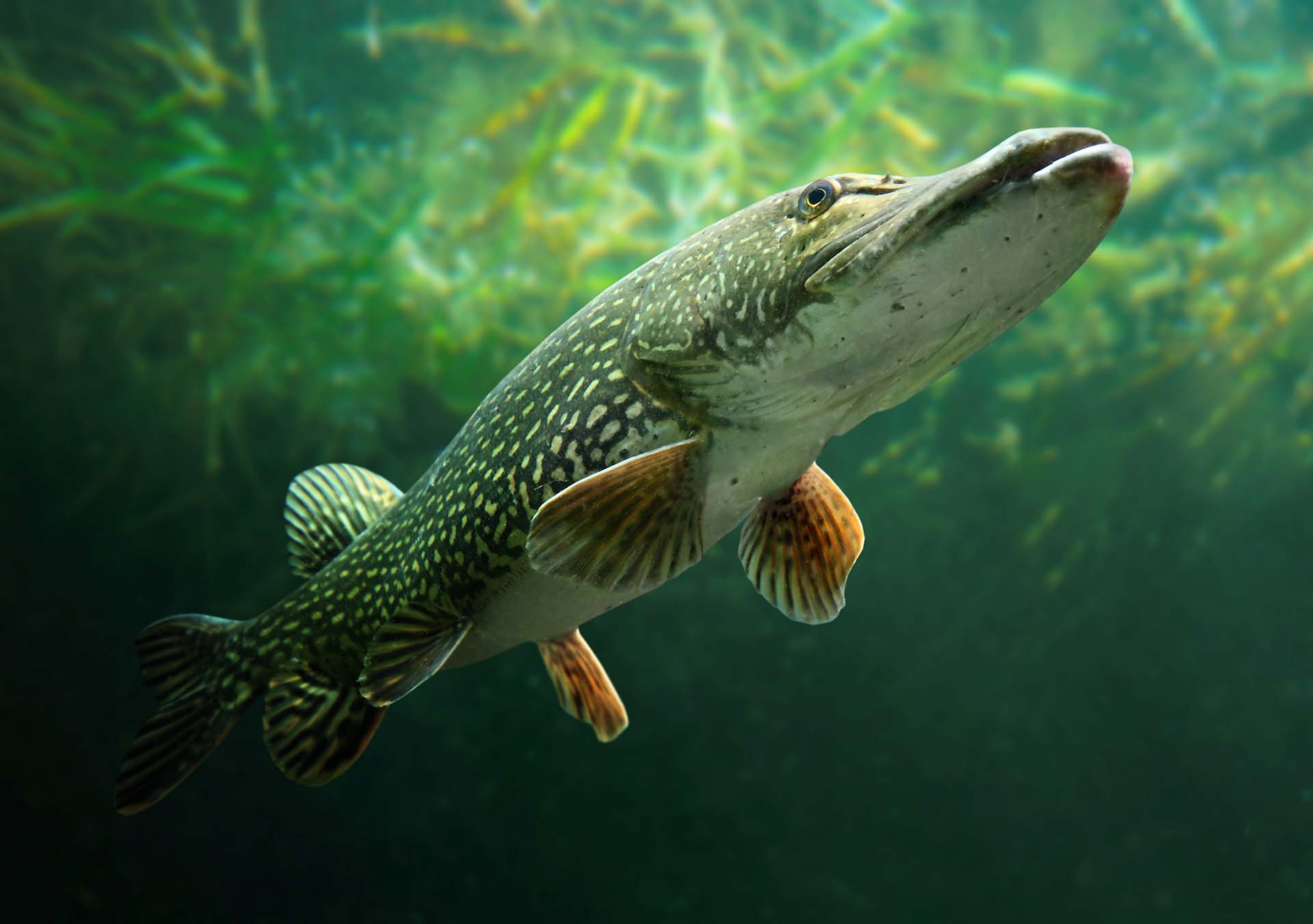
Casting for Muskies – Seasons and Muskie Fishing Tips
We’ve explored their habitats, and marveled at their mystique – now, it’s time to reel in some practical tips and insights. From understanding their seasonal behavioral patterns to mastering the techniques that turn each cast into a potential trophy catch, here’s everything you need to know in order to have a successful season out there on the water.
Muskie Spawning Season and Behavioral Patterns
As the gentle warmth of April caresses the waters, muskies engage in their annual dance of creation. This spawning season sees the water teeming with activity, only to quiet down post-spawn as opportunities for a catch start to decrease. Only one or two weeks after spawning, the female muskellunge leaves the spot where it lays its eggs.
Best Times of the Year to Catch Muskies
Summer proves to be a golden period for catching some trophies, with the warm waters ushering in an era of heightened activity and increased catch rates. Yet, as the leaves turn golden and fall ushers in its crisp embrace, another opportunity arises. In September and early October, the cooler water temperatures prove to be favorable for these fascinating creatures, creating a spike in their activity levels.
Muskie Fishing Challenges and Techniques to Use
There are two fishing styles that are widely employed by fishermen of all experience levels to land these elusive fish – regular casting and trolling. When it comes to calculated casts, using larger lures and keeping an eye out for underwater structures usually do the trick. Add a robust fishing rod to the mix, and you’ll have the much-needed backbone to handle the muskie’s formidable might.
Trolling, on the other hand, is an art of endurance and exploration. Here, the fishing boat becomes an extension of the angler, gliding through the waters with lures trailing, ready to entice muskies from the depths. A varied spread of lures and the ability to adjust depths play a crucial role, with specialized trolling rods and line counters emerging as invaluable assets.

It’s Time to Try Out Your Luck in Landing Some of These Elusive Creatures
As we reel in our lines and reflect on the immersive journey into the enigmatic world of muskies, I hope you’re left with a richer understanding and an awakened curiosity. The only thing left to do is get out there and encounter these magnificent creatures out in the wild. After all, with every cast, a story unfolds – so here’s to many exciting adventures to come!
FAQ
What’s the Biggest Muskie Ever Caught?
The record for the largest muskie in terms of length and weight is held by two distinct fish. A striking 72.04 inches (183 cm) is the maximum recorded length for this captivating species, while the heaviest record is 70.10 pounds (31.8 kg).
How Can You Tell the Difference Between a Muskie and a Northern Pike?
Muskies and northern pikes have distinct markings and physical features. Muskies typically have pointed fins and tails, with patterns of spots or stripes on their body. Northern pikes have more rounded tails and fins and lighter markings on darker bodies.
What Lures Work Best for Muskie Fishing?
Bulky, bright, or flashy lures are often favored for muskie fishing to attract their attention. Spinnerbaits, large rubber lures, and oversized plugs that mimic the movement and appearance of their natural prey can be particularly effective in enticing a strike from these elusive predators.
How Old Can a Muskie Get?
Muskies can live to be quite old, with some individuals reaching up to 30 years of age. Their lifespan is influenced by factors like habitat, food availability, and the absence of significant pressures from predators or human activities.
Are Muskies Safe to Eat?
While muskies are edible, many anglers practice catch and release to help preserve the population, given their slow reproduction rate. For those who choose to keep their catch, the meat is white and firm with a mild flavor, but care should be taken to avoid the bones.
How Fast Can Muskies Grow in a Year?
Muskies exhibit varied growth rates depending on their environment and availability of food. Typically, they can grow around 12 to 24 inches in their first year. Environmental conditions, including water temperature and food supply, play a significant role in determining their growth pace.
What’s the Best Time of Day to Fish For Muskies?
The golden hours of early morning and late afternoon to dusk are often considered prime time for muskie fishing. During these periods, muskies are more active and are feeding, increasing the chances for anglers to encounter and catch them.
Can Muskies Be Found Outside of North America?
While muskies are native to North America, efforts have been made to introduce them into other regions. However, these introductions are not always successful, and the fish are not as commonly found or established in other parts of the world as they are in their native habitat.

